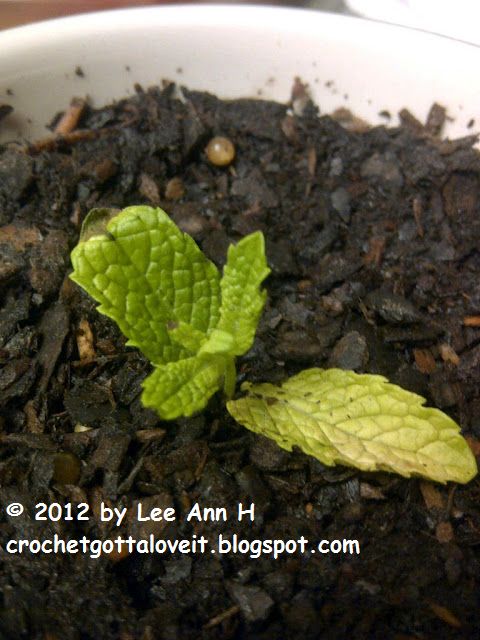


Of course, mint isn’t only used to deter bugs it also attracts the beneficial insects. Also, keep pets flea-free by stuffing a small pillow with fresh spearmint and thyme and placing near your pet’s bed. You need to replace the mint with fresh material every few days. Bug repellent: When ants come into the kitchen during the summer, place a few stems of mint, gently crushed, near suspected entry points really does deter ants.Refresh periodically to keep the scent fresh. Suspend by a string inside a garment bag, tuck into bags of stored woolen clothing, or just place in your drawers to let your clothes soak up the scent. Moth repellent/scented sachet: Tie a few branches of strongly scented mint (peppermint, sage, lavender, rosemary, bee-balm) together, or pull off a handful of leaves, and stuff them into the leg of an old nylon stocking.Scent up a space: Keep your home smelling fresh by adding a few drops of mint essential oil to your favorite unscented cleaner or just take a cotton ball and dap onto a light bulb.Don’t use chew mint-family herbs if you’re breastfeeding, as even small amounts or sage and peppermint may reduce milk supply. Breath freshener: Just chew on a few mint leaves! Sage teas and extracts have been used for centuries as a mouthwash for oral infections.To use, gently apply to the burned area with cotton pads. Ease sunburn pain: Make a strong peppermint tea and refrigerating the mixture for several hours.

Add to bath water for an invigorating, stress-free soak.

You’ll also find mints among our favorite landscaping plants.Plus, there are dozens (perhaps hundreds) of traditional medicinal herbs, not to mention many aromatics for use in flavorings, perfumes, and cosmetics.Mint provides most of our common culinary herbs (e.g., basil, oregano, marjoram, rosemary, sage, thyme, summer and winter savories).The most common and popular mints for growing are peppermint (Mentha × piperita), native spearmint (Mentha spicata), Scotch spearmint (Mentha x gracilis), and cornmint (Mentha arvensis) also (more recently) apple mint (Mentha suaveolens).What do you know about the mint family, Lamiaceae, the sixth- or seventh-largest of the flowering plant families? How do you use extra mint leaves? Here are 12 marvelous uses for mint around the home and garden-from culinary to medicinal to mouthwash to bug repellent! Meet the Mints


 0 kommentar(er)
0 kommentar(er)
